SUMMARY
This is AI generated summarization, which may have errors. For context, always refer to the full article.
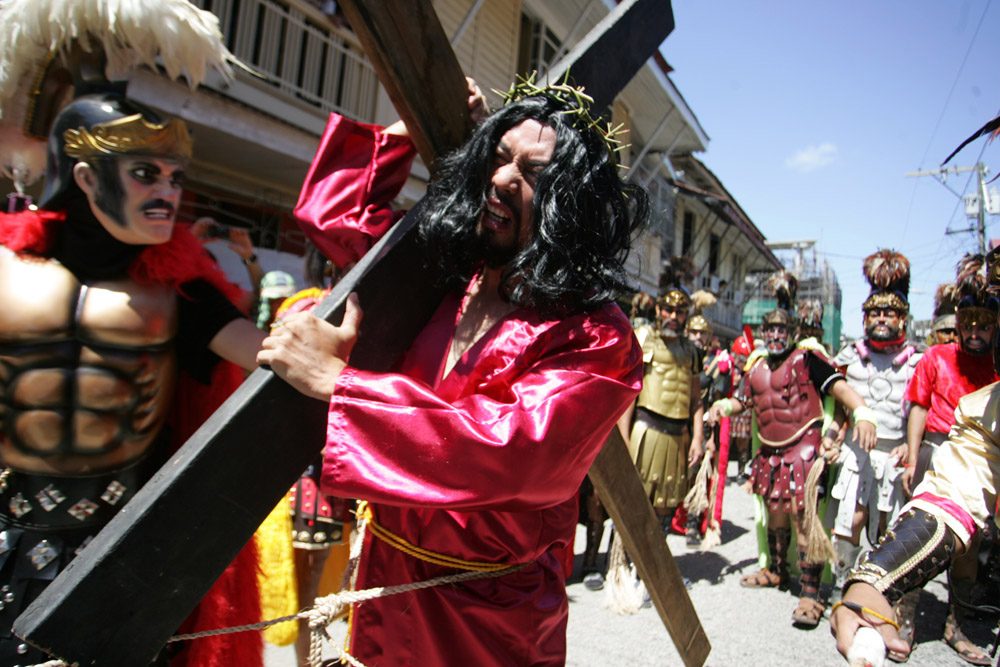
Editor’s Note: This piece was originally published in April 2017. Rappler is republishing it to mark Holy Week 2023.
MANILA, Philippines – Holy Week is observed by devout Catholic faithful around the world. In the Philippines, it’s a time for solemn prayer and the observance of traditions, several of which are unique to Filipino culture as they combine religious faith with folk beliefs. (READ: Holy Week superstitions in the Philippines)
Rappler takes a look at some Holy Week practices observed in different parts of the country.
Moriones Festival
The Moriones Festival is held during the Lenten season in Marinduque province. In the week-long commemoration of Jesus’ life and death, participants dress up as Roman soldiers and go around the streets from Holy Monday to Easter Sunday, reenacting scenes from the Passion of Christ.
Participants wear costumes, headgear, and masks depicting the faces of Roman centurions as they reenact the story of Longinus, the half-blind Roman soldier who was present during Jesus’ crucifixion.

According to Biblical stories, Longinus pierced Jesus’ side, causing some of his blood to hit his eye, miraculously restoring his vision. It was then that Longinus professed faith and believed that Jesus was the son of God.
In the festival, the Morion playing Longinus would go around town on Easter Sunday proclaiming Jesus’ resurrection, as other soldiers chase after him. It would culminate in Longinus’ capture and beheading because of his faith.
Crucifixion rites
In some parts of the Philippines, Good Friday is marked by a bloody practice: reenacting the suffering of Jesus Christ, from the flagellation to the crucifixion.
In San Pedro Cutud in Pampanga province, penitents willingly undergo extreme physical pain as a form of atonement. Penitents whip themselves on the back, using whips made of bamboo or paddles with pieces of broken glass to draw blood.
To complete the rites, some devotees willingly allow themselves to be nailed to the cross, reenacting Jesus’ crucifixion.
Behind this practice is a personal vow or panata. Sometimes the ritual is being done in exchange for an answered prayer for problems with one’s health or finances. Some penitents also undergo the ritual to ask for forgiveness.
While the local church does not endorse the practice of inflicting pain on oneself, the tradition is still popular in Pampanga, Bulacan, and Cebu, among other places.
Complete silence
One Philippine tradition, especially in rural areas, is the observance of silence on Good Friday. People are encouraged to turn off their radios and televisions and limit conversations on the day that marks the crucifixion and death of Jesus Christ.
Through complete silence, it is believed that people will be able to communicate with God through devotional reading and personal prayer.

Easter egg hunt
The Easter egg hunt has been adopted from Western countries and has become extremely popular.
In a sense, the Easter egg hunt symbolizes the resurrection of Jesus Christ. The egg is used as a representation of new beginnings, and thus used to signify hope.
The egg hunt is usually played out at home or in church activities, but to keep the tradition fun, it is now being played in malls or in activity centers by kids accompanied by adults. – Alanis Banzon/Rappler.com
Alanis Banzon is a Rappler intern
Add a comment
How does this make you feel?




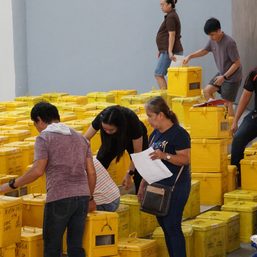


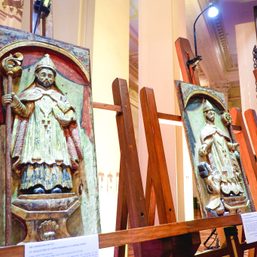

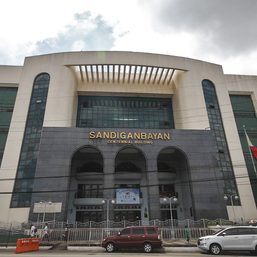
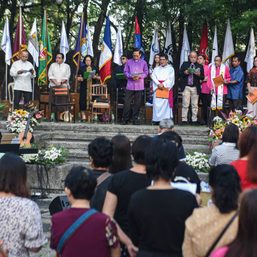
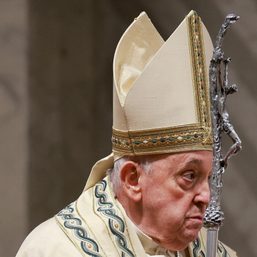


![[REFLECTION] He is risen!](https://www.rappler.com/tachyon/2023/04/Risen-TL-April-10-2023.jpg?resize=257%2C257&crop_strategy=attention)


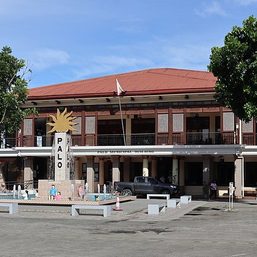

![[The Slingshot] No, no, no, National Museum! The Boljoon artifacts do not belong to you!](https://www.rappler.com/tachyon/2024/02/tl-boljoon-artifacts-nat-museum-02242024.jpg?resize=257%2C257&crop=270px%2C0px%2C720px%2C720px)


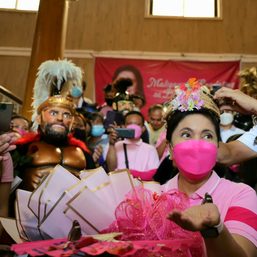






There are no comments yet. Add your comment to start the conversation.